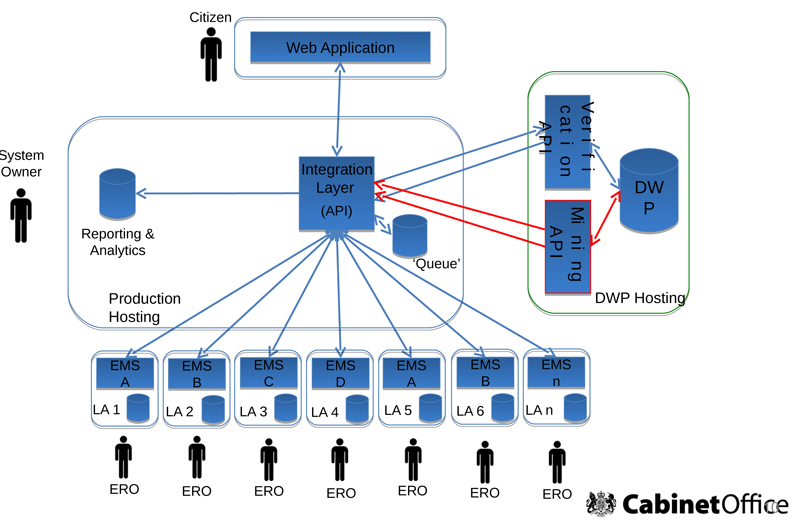Kemuri is a start-up with ambitions to build a social enterprise that is co-designed and co-produced by Councils with Social Services Responsibility (CSSRs). It needs a national infrastructure for safely and securely storing personal data of vulnerable people living alone. The infrastructure would allow families to co-operate with care agencies by checking wellbeing on a daily basis by unobtrusive predictions of hourly activity.
Steve Halliday prompted this posting from his blog. ” … how about if each of 500 local organisations contributed £1,000? That would raise enough to recruit some useful people for each of the regions. I was delighted when the organisations I suggested the idea to said “Yes, let’s try that”. The IT and digital leaders society (Socitm) and then the Local Chief Information Officer Council (LCIOC) both gave it their support and many individual organisations have indicated they would contribute. So, we have just launched a local public service Crowdfunding initiative, hosted by Socitm.”
Rather than relying on the goodwill of the private sector suppliers the lowest cost provision for Kemuri would be by using a shared service open to all CSSRs and certified care agencies. Kent Connects has helped already by awarding a prize of £2000 to get a successful demonstrator of a product that predicts the risk of hypothermia, dehydration and immobility of vulnerable people living alone.
If 100 other CSSRs chipped in the same amount, then there would be no difficulty in securing the remaining funding for pilots and national roll-out. The benefits of daily identification of risk could prevent many emergency admissions to A&E, distress related to falls and even deaths of people lying unattended, unable to call for help. Crowdfunding by public sector bodies is ideal for social enterprises whose main purpose is community good, not pursuit of untaxed profits.
